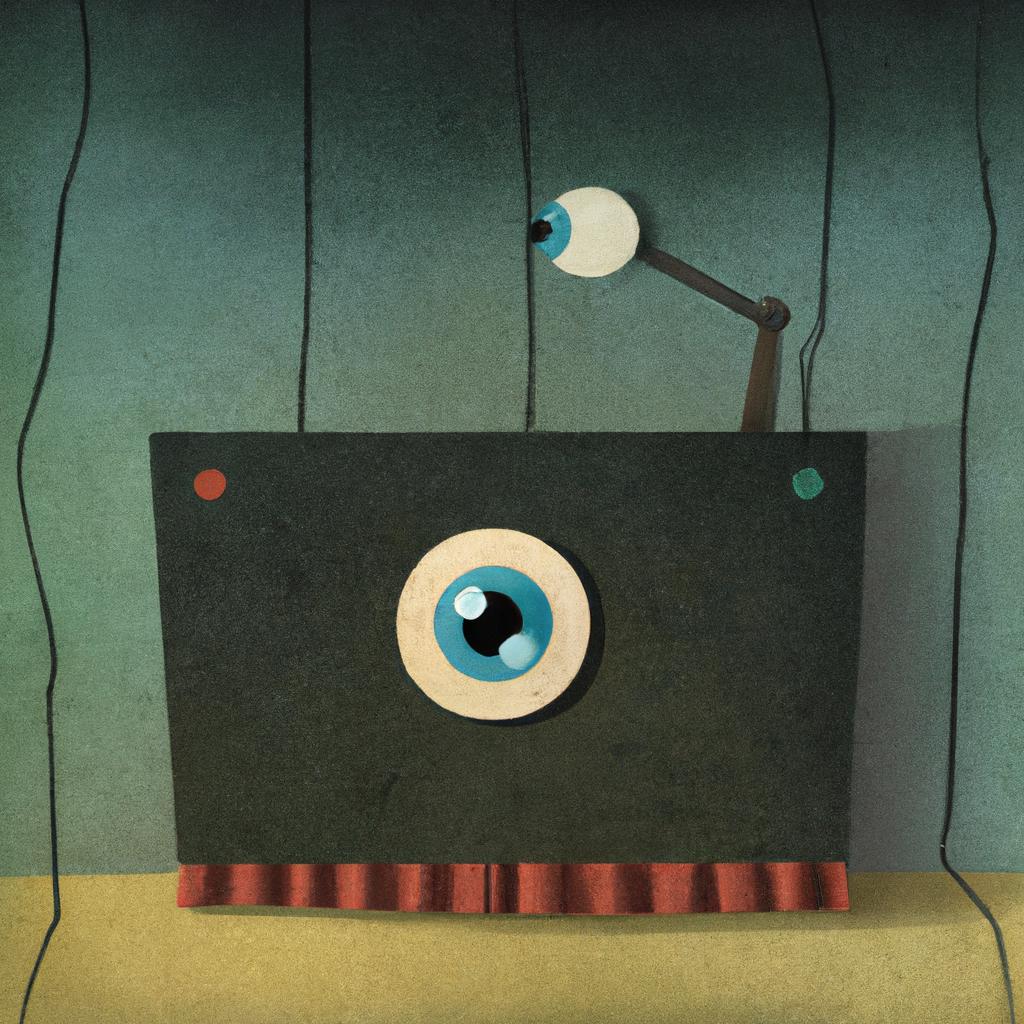Comprehensive Guide to Home Theater Design: Audio, Visual & Comfort

Intro
Home theater design presents an exciting exploration into crafting an exceptional personal entertainment universe packed with riveting audio and striking visual elements. The comprehensive process, unfolding in five meticulous stages—room selection, visual component consideration, audio system configuration, comfort and ambiance addition, and sleek equipment integration—requires careful deliberation of various factors. These include the practicalities of room size, shape, and position, the aesthetic decisions between projectors or TVs, strategic screen placement, the acoustics and layout of a surround sound system, as well as the comfort level of seating options and the allure of various lighting and themes. Furthermore, the last touches involve the organization of media storage, equipment racks, and the invisible weaving of cable management. While it may appear daunting at first glance, this process is made manageable through attention to detail, clear planning, and personal taste, culminating in an immersive entertainment experience. Further explorations on related subjects such as recording studios, home theater accessories, and room acoustics and dampening will expand your understanding and ability to design the perfect home theater.
Top Factors to Consider for Ideal Recording Studio Selection

A recording studio is a crucial component in music and broadcasting, providing a space for artists to create and manipulate sound. Originated from the late 19th century, today’s recording studios comprise sections like control room, tracking rooms, isolation booths, and machine room. Major elements that make a recording studio professional include acoustics, soundproofing, use of different microphones, preamps, and processors. In choosing the perfect studio, the genre of sound, budget, location, and skills of engineers and producers are all essential considerations. A recording studio is not just a collection of high-tech equipment, but a sanctuary for creativity and artistry.
Ultimate Guide to Enhancing Your Home Theater Experience

Home theater accessories play a vital role in enhancing your movie experience, by creating an immersive, cinema-like environment in your home. Essential accessories can include a soundbar for quality sound, a subwoofer for low-frequency sounds, a high-definition projector and a universal remote for ease of control. Beyond these, factors such as room acoustics, comfortable seating, and ambient lighting significantly affect the viewing experience. When selecting accessories, consider your budget, space, and viewing habits. The right equipment and setup not only enrich the viewing experience but also transport you to a different reality.
Understanding Room Acoustics & Sound Dampening for Home Entertainment

The acoustics of a room crucially influence the quality and impact of sounds in our spaces. Room acoustics involve the bouncing and interaction of sound waves within a room, often affected by factors such as reverberation (echo), absorption (reduction of echo and noise), and reflection (echo caused by hard surfaces). Sound dampening, the reduction of sound energy and reflections, can be achieved through measures like fitting acoustic panels, sealing gaps, using floor carpets, and strategic furniture placement. Choice of dampening materials, such as acoustic foam, soundproof curtains, and acoustic tiles, should consider aspects like costing, effectiveness, and ease of installation. Comprehension of room acoustics and dampening thus helps optimize space for an enhanced home entertainment experience.
Conclusion
In conclusion, home theater design is a complex, yet deeply personal process entailing the selection and integration of top-tier audio and visual components. The design process encapsulates decisions surrounding room selection, visual elements, audio setup, comfort and ambiance, and equipment integration. Attention is given to not just the larger decisions such as projectors or TVs, and surround sound systems, but equally to smaller ones which impact experience like room acoustics, seating comfort, lighting, and cable management. Although seemingly daunting, with meticulous planning, these steps serve to create an exceptional, customized entertainment space. Ensuing subtopics that further explore this theme include details on setting up a recording studio, selecting home theater accessories, and understanding room acoustics and dampening.
